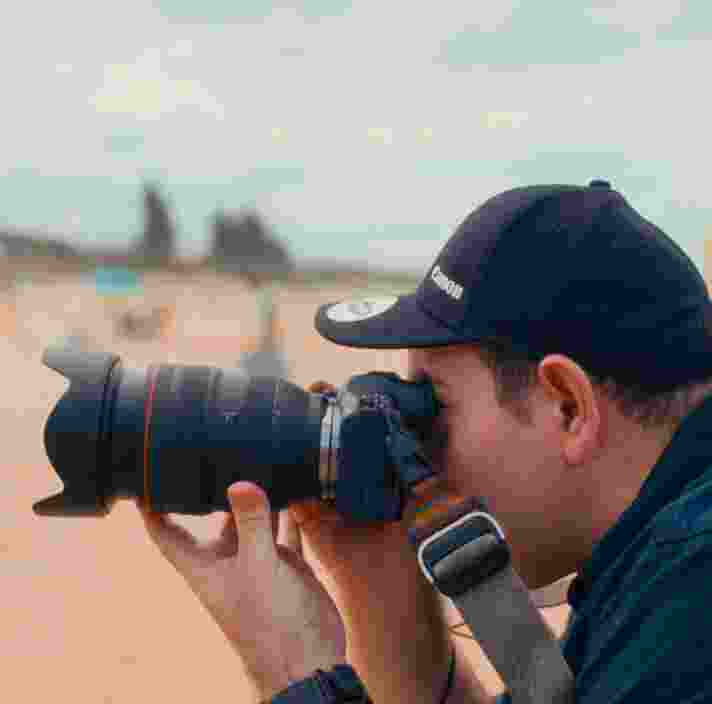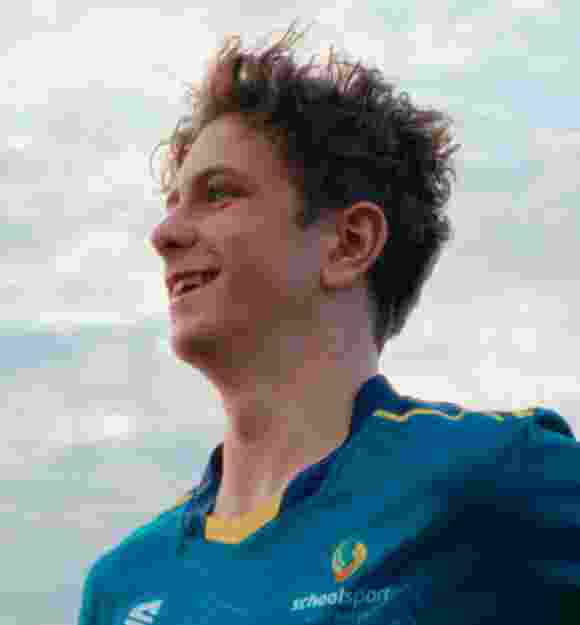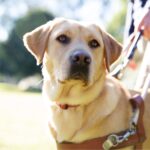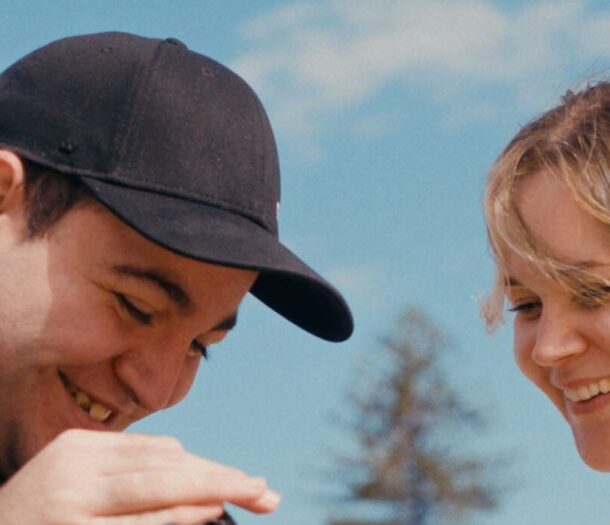International White Cane Day 2025
On 15 October each year, Guide Dogs celebrates International White Cane Day by recognising the achievements of people with blindness or low vision who use a white cane, and by calling on Australians to challenge misconceptions and be a more informed ally.
There are over 453,000 Australians living with blindness or low vision. However, our world is designed by and for sighted people. This means that often people with low vision or blindness are disadvantaged unintentionally.
Confidence and independence
Despite living in a world designed for the sighted, many people with low vision and blindness refuse to be slowed down, and never more so than when they are following their passions, hobbies and careers.
Even in today’s advanced digital age, the simple white cane can be a life-changing tool for mobility, confidence and independence. It is a also symbol of skill, autonomy, and empowerment, enabling people to live life on their own terms.

Watch James' video
James is a 25-year-old professional photographer with a gift for capturing life’s most meaningful moments. After losing most of his sight to brain cancer at just 12 years old, he now lives with only 2% vision.
For James, his white cane is the key that unlocks his independence. It allows him to move confidently through photoshoot locations, from busy wedding venues to the unpredictable outdoors. Paired with his camera, the cane gives him the freedom to not only find his way but to thrive in his passion. Together, they help him orientate himself in new spaces, guiding both his steps and his artistry.
“Photography ignites a really rich spark in me. I love capturing images with my camera that I can’t see with my own sight. It’s the craft and the tool that gives me 101% vision.”
James especially loves photographing pets, finding joy in their unique energy and personalities. His dream photoshoot is capturing a wedding where a beloved pet is part of the celebration, combining his two passions in one unforgettable shoot.
His story shows that with the right tools and support, people with low vision can follow their passions, build thriving careers, and share their unique perspectives with the world.
Meet Mitchell
Sixteen-year-old para-triathlete Mitchell Wilkes is living with Stargardt disease, a degenerative eye condition which partially limits his vision. “Sometimes, my disability can feel invisible. Before using my cane, I was quite daunted and intimidated by people not realising I have low vision, and it’s not always obvious. People would become irritated with me when I accidentally bumped into them, and I felt as though no one understood my experience.
“Using the white cane has significantly shifted the way I experience the world. I use it a lot for unfamiliar environments, and it has enabled me to continue doing the things I love. When I need to travel to compete, it means I can be confident in navigating the airport and it signals to others that I have a disability, which makes it much easier for me to navigate busy areas. I feel so much freer with my cane. My mindset is to not focus on what I can’t do, but what I can do.”
Mitchell advises, “Just because I have a disability does not mean I necessarily need help. Having low vision does not make me incompetent with everything I do. My advice to others is to be considerate of a white cane user and give them space. If you think they are struggling with a task, always ask ‘can I help you?’ first”
A white cane helps people find physical barriers, but its up to us to remove non-physical barriers such as stigma and discrimination. Together, we can make our world more accessible for everyone.

What you can do
Watch our videos to challenge misconceptions about blindness and low vision, and to better understand the experiences and challenges of white cane users.
Join us in acknowledging how white canes can empower independence and allow people who use them to follow their passions and live a life of their choosing.
Be more mindful of people who use a white cane in your local community’s public spaces (see our resources), and take opportunities to educate your friends, colleagues and family.
Ready to continue?
Seems like you have filled this form earlier. Let’s pick up where you left off.

